Suppose you have allergies but still wish to have a dog. In that case, you might be interested in knowing which breeds are more likely to elicit allergic reactions. Some dog breeds tend to cause allergies in people more than others. However, with more than 175 officially recognized dog breeds and many others waiting for recognition, navigating through them can take time and effort. It is important to understand why individuals with allergies should avoid certain dog breeds.
To assist you, we have compiled a list of 11 dog breeds that are more prone to triggering allergies. We provide a brief description and an accompanying image for each breed to help you better comprehend the breed and its potential to cause allergic reactions. Keep reading as we delve into the likelihood of each breed causing allergies.
An Overview of Dog Allergies
Pet allergies affect 10%–20% of the global population, with dog allergies sometimes causing more severe reactions than cat allergies. No dog can be completely hypoallergenic. However, some breeds may be more prone to triggering allergies than others.
Pet dander or saliva can cause allergic rhinitis and asthma, often underdiagnosed and undertreated. Most people are allergic to dander or saliva, not dog hair. Exposing children to pets early may reduce allergies but won’t benefit those already allergic. Selecting a breed with a lower likelihood of provoking allergies can help, but precautions must still be taken.
To prevent pet allergies, keep the dog outdoors, bathe it weekly, wash its bedding regularly, and avoid keeping it in the bedroom. Research hypoallergenic breeds before getting a pet; even short-haired or shaggy dogs can trigger allergies.
Worst Dog Breeds for Allergies
The following breeds are most likely to cause issues for individuals with pet allergies.
1). Basset Hound
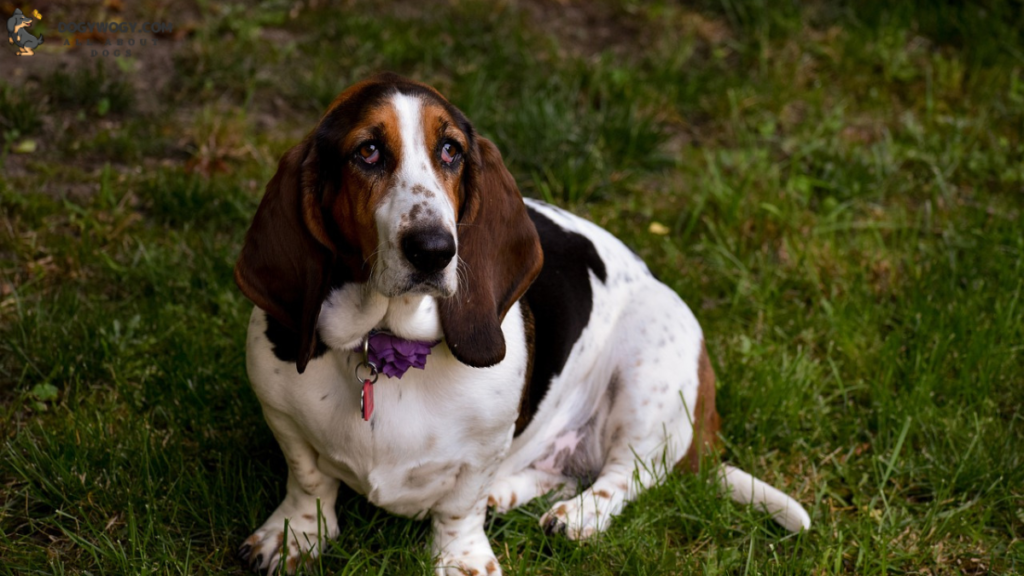
Basset hounds, well-known for their tranquil and docile temperament, are scent hounds with an impressive ability to detect various objects using their exceptional sense of smell.
Although widely adored, they may not be the most suitable choice for individuals with allergies. This is due to their loose skin and noticeable jowls, making them prone to drooling. Their saliva is more likely to contact your skin, furniture, and other household items, increasing the risk of triggering allergies.
Moreover, these dogs have short and smooth coats, which can produce significant dander.
2). Doberman Pinscher
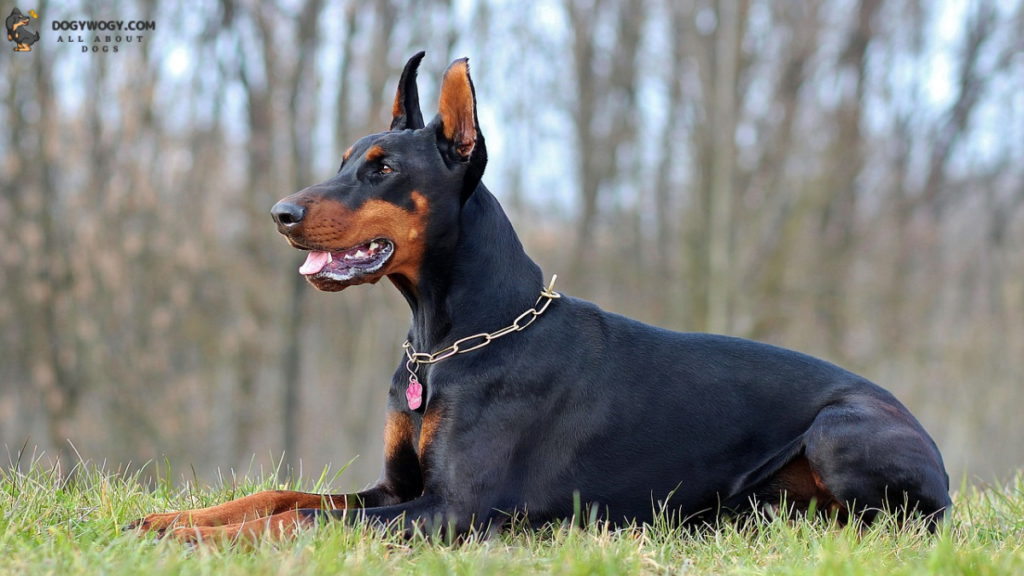
The Doberman Pinscher is an intelligent and trainable dog breed, ideal for dog lovers without allergies. Though its popularity peaked in the 1970s, it is still a common choice for households today. Dobermans excel as watchdogs, showcasing their strength and intelligence.
However, the Doberman Pinscher possesses a solitary, brief coat and experiences moderate shedding. Unlike certain dog breeds that undergo significant hair loss during seasonal changes, Dobermans shed consistently throughout the year, which may stimulate allergies.
Furthermore, Dobies are more prone to allergies and skin sensitivities than other breeds. These allergies manifest as dry and flaky skin, increasing dander accumulation in the living space.
3). German Shepherd

German shepherds are incredibly popular due to their enduring charm, but they often face unfair criticism for being aggressive. This misconception stems from their frequent use as police dogs worldwide. However, these loyal dogs are incredibly intelligent and trainable.
One drawback is that they can cause severe allergic reactions in some people. Despite appearances, German shepherds have a dense double coat and shed a lot throughout the year, especially during shedding season. This can result in a buildup of fur in your home.
Moreover, they are also sensitive to their diet, and an imbalanced diet can lead to dry, itchy skin, which accelerates shedding. Therefore, while German shepherds are sought, potential owners should know their shedding and dietary needs.
4). Labrador Retriever

The Labrador Retriever is a beloved and well-known breed known for their friendly and pleasant nature. They are great for families with kids due to their energy and love for play. According to the American Kennel Club, Labradors consistently top the list of most popular breeds.
However, one downside is that they can trigger allergies in humans. Their abundance of fur makes non-allergic individuals more susceptible to allergic reactions, especially during the spring shedding. Labradors also often have dry and flaky skin. However, there is a positive side – regular swimming, which Labradors enjoy, can help reduce allergens in the air and potentially decrease allergy symptoms at home.
Overall, Labradors make wonderful pets, but allergy sufferers should take precautions.
5). Pekingese
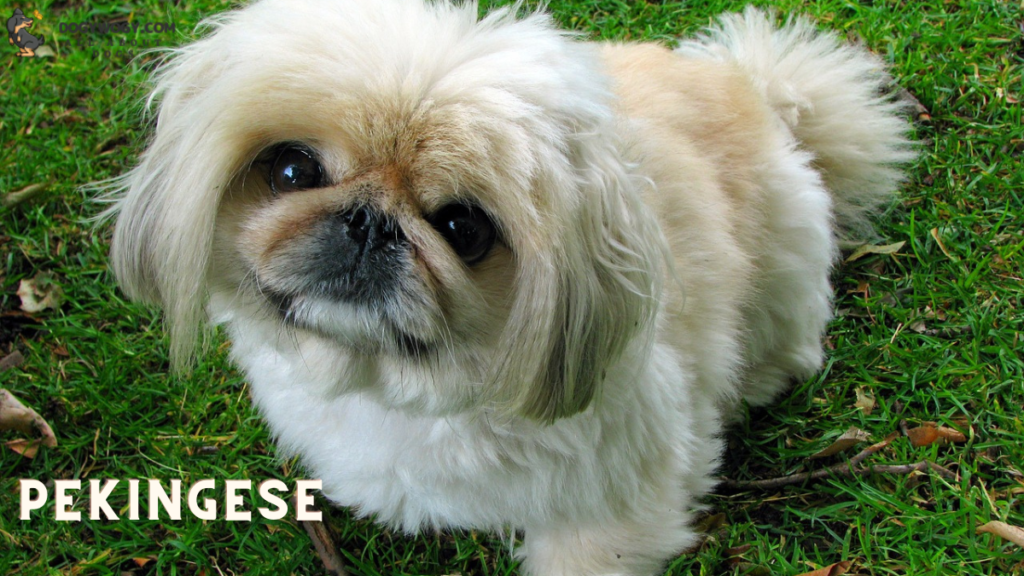
Pekingese dogs are beloved by their owners for their affectionate and energetic nature. They are also known as the “Little Lion Dog” and originated in China. However, they are not the ideal choice for households with allergy sufferers.
Surprisingly, the cause of allergies is not their fur or dander. The main problem lies in their resistance to house training, as Pekingese dogs can be stubborn. It’s worth noting that allergies can be triggered by dander, saliva, and dog urine. Therefore, if your Pekingese is marked indoors, it increases the likelihood of allergy symptoms.
To effectively remove traces of urine, it is important to have a reliable enzymatic stain and odor remover as part of your cleaning supplies.
6). PUG
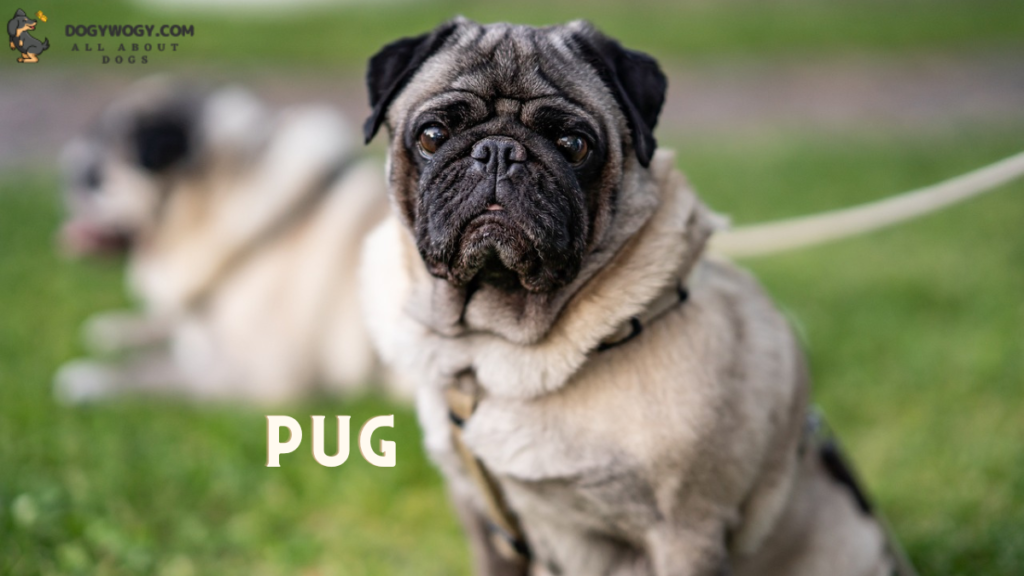
The Pug is a delightful and compact dog known for its dense coat, which sheds quite a bit. In spring and fall, they shed their undercoat, leaving behind a significant amount of hair.
Additionally, due to their flat, wrinkled snout, Pugs tend to collect saliva around their jowls. Moreover, they often lick faces, which can introduce allergenic proteins close to the mouth and nose.
Furthermore, Pugs are prone to sensitive skin and allergies, resulting in dry skin and increased dander production. The folds in their skin can also create an environment susceptible to bacterial infections. Pugs may seek relief by rubbing against furniture and carpets when feeling itchy and uncomfortable.
7). Cocker Spaniel
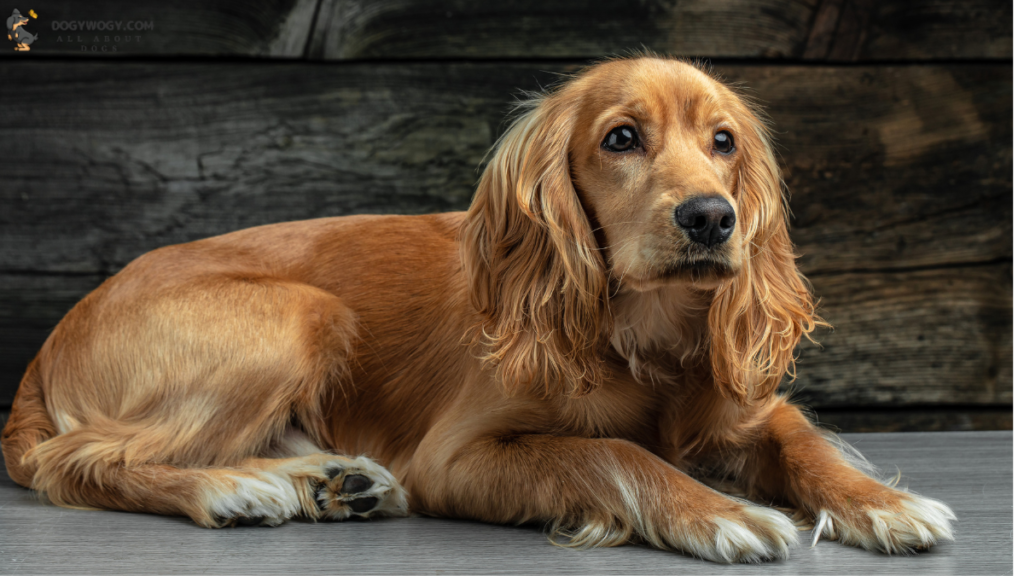
The Cocker Spaniel breed is famous for its gorgeous and impressive long-haired fur. Initially developed for hunting birds, cocker spaniels and other spaniel breeds have evolved into perfect medium-sized family pets.
Cocker Spaniels often experience considerable shedding of dander from their coats and may drool, triggering allergies in some individuals.
Furthermore, this specific breed is prone to skin allergies, which can worsen the spread of dander in the surrounding area.
8). Siberian Husky

The Siberian Husky possesses a captivating appearance and remarkable agility. It also has a warm and pleasant personality, which makes it an ideal companion for households with abundant energy. However, someone with allergies in the same residence can pose a challenge in owning this breed.
The Husky goes through a shedding process twice a year to prepare for the next season, leaving a significant amount of hair in your home.
Furthermore, the shedding is due to their thick coat, which insulates their natural Arctic environments. As a result, they are often considered a breed that sheds excessively.
9). Saint Bernard
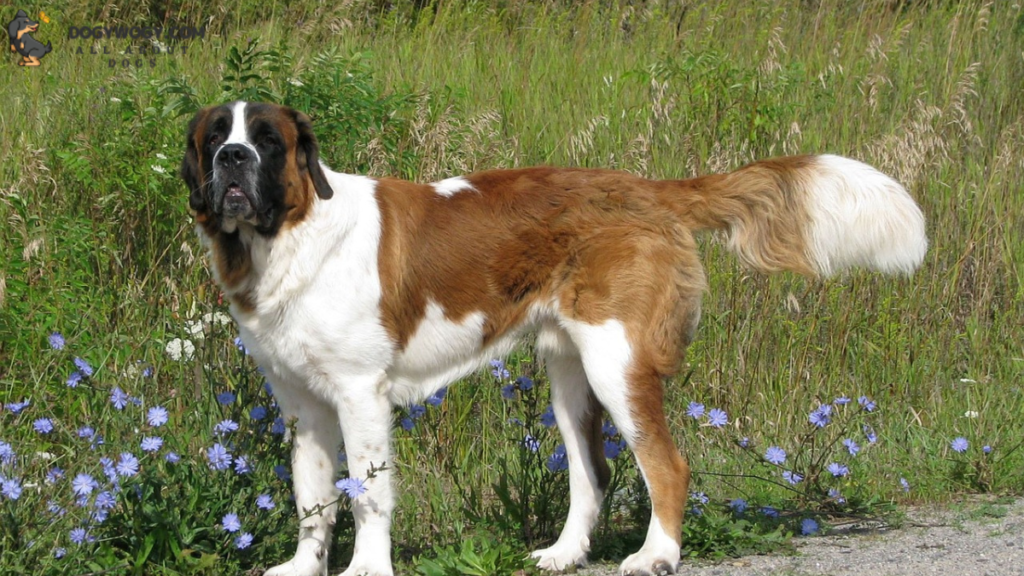
The Saint Bernard breed is known for its impressive size and robust physique. However, these kind-hearted and devoted giants make excellent companions for families. Originally developed as rescue dogs, they excel effortlessly maneuvering through snowy and icy terrain.
However, they possess three characteristics that may worsen allergies. Firstly, due to their large size, they produce a higher quantity of dander. Additionally, their excessive shedding disperses dander throughout the home.
Lastly, Saint Bernards surpass many other breeds in terms of drooling, resulting in the presence of their saliva in various places.
10) Chow Chow

The Chow Chow, an ancient Chinese dog breed, represents a powerful and noble figure, emanating an ageless presence. This breed is a unique breed that brings exclusive joy due to its calm and independent nature.
However, like other breeds mentioned here, the Chow Chow’s thick, dual coats make them prone to shedding excessive quantities of fur and dander. Consequently, people with pet allergies may face difficulties as these allergens can become airborne and trigger reactions.
11). Akita
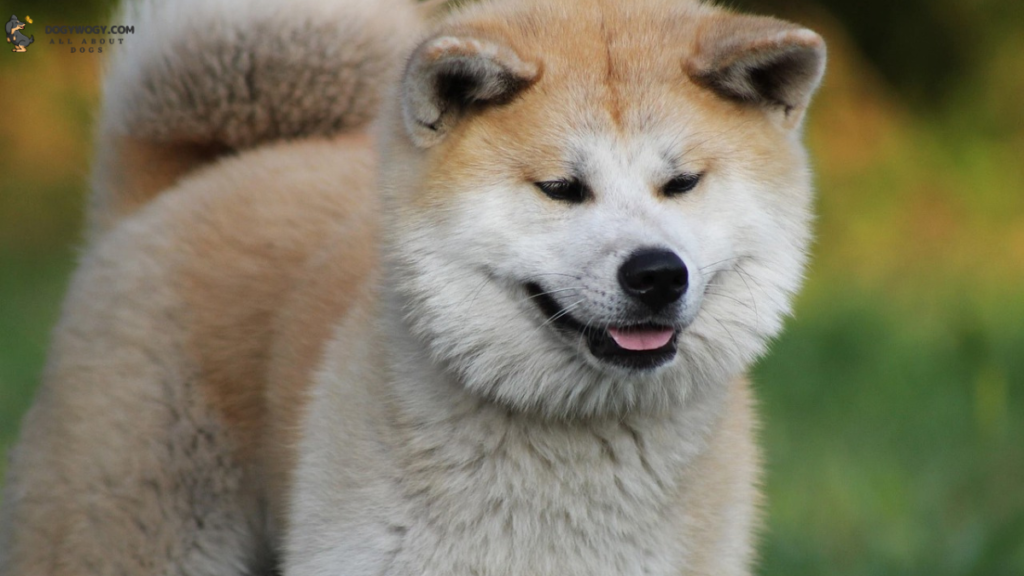
The Akitas are large, fluffy dog breeds renowned for reaching weights exceeding 125 pounds. Due to their vigilant and courageous nature, they make excellent watchdogs.
However, one notable drawback is their tendency to shed profusely, accumulating hair and dander in your home throughout the year. They produce significant amounts of hair during shedding seasons, rivaling even other breeds known for shedding. Many Akita owners are often taken aback by the sheer quantity of hair their dog can shed.
In addition, house-training Akita puppies can present a considerable challenge. Moreover, since urine contains allergenic proteins, individuals with allergies have another factor to consider before bringing this affectionate companion with a wagging tail into their household.
Conclusion
In Conclusion, People with allergies should think carefully about the dog breed they choose, as both large and small dogs can aggravate allergies. Excessive shedding and drooling can release dander and allergen-inducing saliva.
However, hypoallergenic dog breeds are available that won’t cause unpleasant symptoms. This blog post highlights eleven breeds, showcasing their images and discussing their allergy likelihood.
However, it’s important to note that allergy sensitivity varies among individuals, so consulting a healthcare professional or allergist before choosing a breed is crucial. Proper grooming and frequent cleaning can help minimize allergens. This, along with measures within the home, allows those with allergies to enjoy the companionship of a four-legged friend.

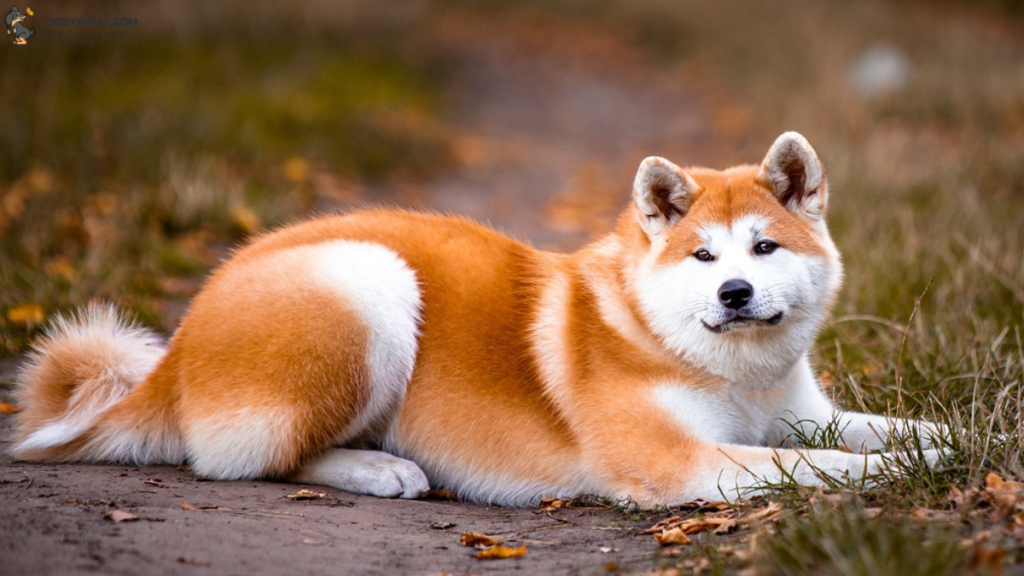
Pingback: 11 Fascinating Brindle Dog Breeds - Dogy Wogy